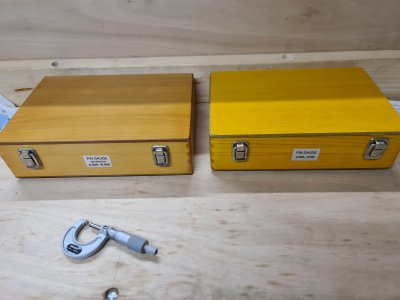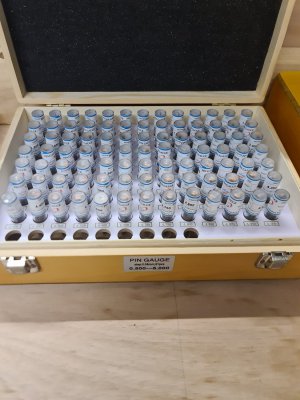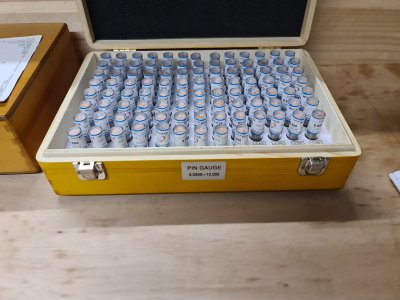A closed ring can have a diameter spec but it is definitely not straight. Given that pin gages are made by centerless grinding, I would expect that they are straight and treat them as such. However that is an assumption. Unless something has a specified tolerance, the default is there is no tolerance spec.
The GD&T specification for straightness of a rod or cylinder is cylindricity. It basically states that two concentric virtual cylinders are superimposed on the object and that the object separated by a radial distance equal to the stated tolerance and the object must totally lie within the space between the cylinders.
Incidentally, meeting a specified diameter tolerance, as measured with a micrometer does not imply roundness. A Reuleaux triangle is one example of an object having a constant width but not being round.
https://en.wikipedia.org/wiki/Reuleaux_triangle. To fully specify a pin, in addition to diameter, roundness and cylindricity must be specified. Throw in surface finish for good measure.
However, for the purposes of a hobby machinists, trusting the manufacturer to meet these implied but unspecified requirements is usually sufficient. I use my pin gages, trusting these unspecified requirements are met and in truth, I have no practical means to adequately challenge them.





